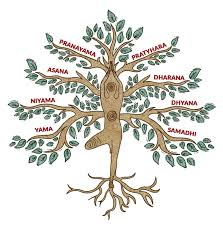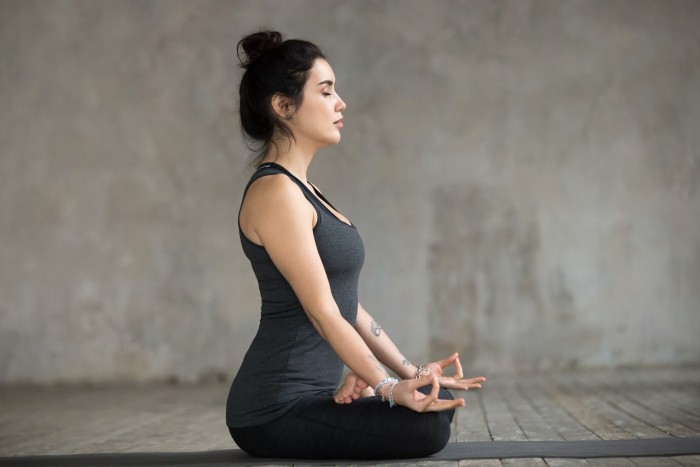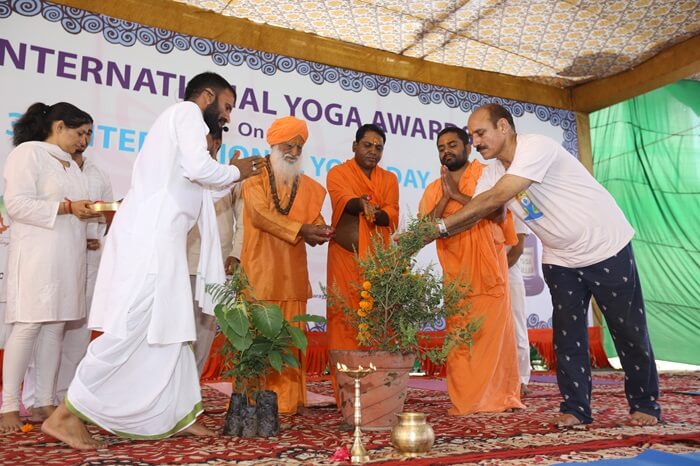Understanding 8 Yoga Limbs

Yoga is often described as the science of union, aiming to achieve holistic balance through physical practice and a yogic lifestyle. Living yoga involves more than regular yoga postures and a yogic diet; it requires integrating the eight limbs of yoga into every aspect of life for eternal bliss and harmony.
The eight limbs of yoga (8 limbs of yoga) originate from Patanjali’s Yoga Sutras and are designed to help practitioners live a more purposeful and disciplined life.
What are the Eight Limbs of Yoga?
1. Yamas: Ethical Disciplines

Yamas are the ethical guidelines for how we interact with ourselves and the world around us:
- Ahimsa (Non-Violence): Ahimsa emphasizes non-violence and harmony. It encourages us to avoid harming ourselves or others, respect our body’s limitations, and practice compassion. “In the presence of one firmly established in non-violence, all hostilities cease.”
- Satya (Truthfulness): Satya is about being truthful in all aspects of life. It means being honest with yourself and others. Practice Satya by aligning your actions with your true essence, whether on the mat or in relationships. Chant the “Asto Maa” mantra to reinforce this principle.
- Asteya (Non-Stealing): Asteya signifies non-stealing and overcoming greed. It encourages contentment and self-sufficiency, urging us to avoid overdoing things on the mat and not hoarding experiences in life.
- Brahmacharya (Celibacy): Originally referring to celibacy, Brahmacharya now signifies the right use of energy. It involves focusing energy inward, leading to true happiness and divinity.
- Aparigraha (Non-Attachment): Aparigraha teaches non-attachment and non-possessiveness. It involves keeping only what is necessary and letting go when appropriate.
2. Niyamas: Positive Duties
Niyamas are positive actions and duties toward oneself:
- Saucha (Cleanliness): Saucha promotes mental and spiritual cleanliness. Clear your mind and life from negative habits and patterns.
- Santosha (Contentment): Santosha teaches acceptance and appreciation of what you have, fostering positivity and contentment with your body and life.
- Tapas (Discipline): Tapas refers to self-discipline. It is about cultivating habits that lead to a balanced and purposeful life.
- Svadhyaya (Self-Study): Svadhyaya involves self-reflection and studying one’s actions. It brings you closer to understanding your true self.
- Isvara Pranidhana (Surrender to Higher Self): This practice involves faith, sincerity, and patience, transcending ego to connect with the universe.
3. Asanas: Physical Postures
Asanas, or yoga postures, are about sitting in a steady and comfortable position for meditation. Patanjali’s instruction for asanas is “sthira sukham asanam,” meaning the posture should be steady and comfortable.
4. Pranayama: Breath Control

Pranayama combines “Prana” (life force) and “Yama” (control). It involves expanding and controlling the breath to influence the flow of prana through the body’s energy channels, enhancing your state of being.
5. Pratyahara: Withdrawal of Senses
Pratyahara refers to withdrawing from external sensory distractions. It involves drawing inward and focusing fully on meditation without being distracted by external stimuli.
6. Dharana: Concentration
Dharana means holding concentration. It is closely related to Pratyahara, as effective concentration requires withdrawal from external sensations. Practices such as Tratak, visualization, and breath focus are integral to Dharana.
7. Dhyana: Meditation
Dhyana is the practice of meditation. Once you master Pratyahara and Dharana, you can enter a state of meditation, achieving the union of mind and body.
8. Samadhi: Bliss and Enlightenment
Samadhi is the ultimate state of pure bliss and enlightenment. It represents the culmination of the yogic path, where one experiences a profound sense of unity and ecstasy.
Adhering to the eight limbs yoga is a path to achieving ultimate bliss and spiritual enlightenment.
To explore more about the yoga eight limbs, consider our Yoga Teacher Training in India, 300-hour Yoga Teacher Training in India, or 500-hour Yoga Teacher Training in India. For a holistic experience, you might also enjoy our Ayurveda Retreat in India or Yoga Retreat in India.
Conclusion
Integrating the eight limbs of yoga into your life can transform your practice and bring profound peace and harmony. By understanding and embracing each limb, from ethical disciplines to ultimate bliss, you embark on a journey of self-discovery and enlightenment. For those looking to deepen their practice and understanding, our Yoga Teacher Training Programs in India offer comprehensive insights into these principles, helping you achieve a more balanced and enlightened life. Explore our offerings and begin your journey towards true yoga today!














